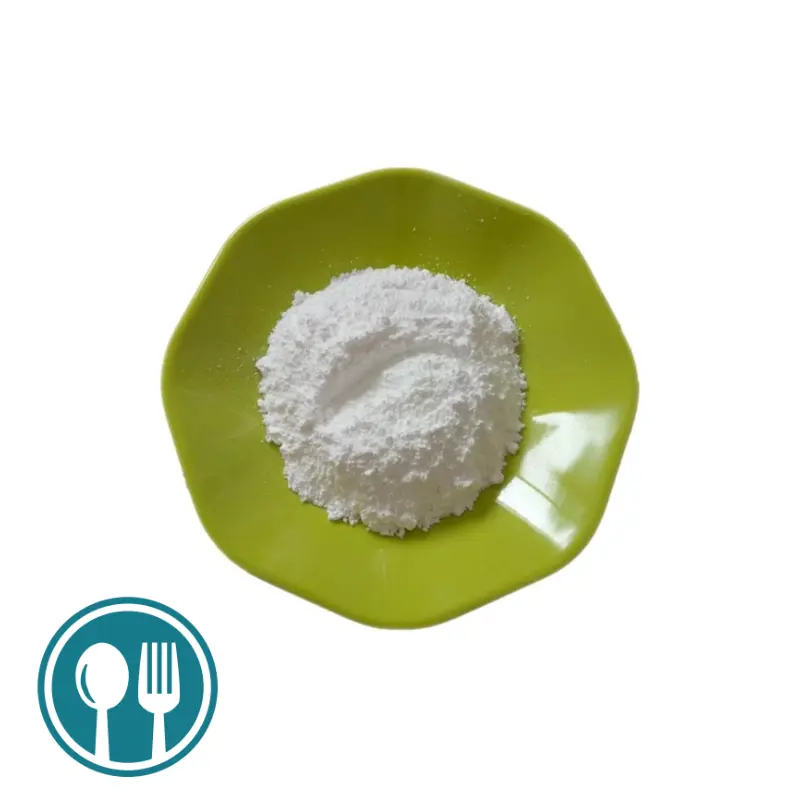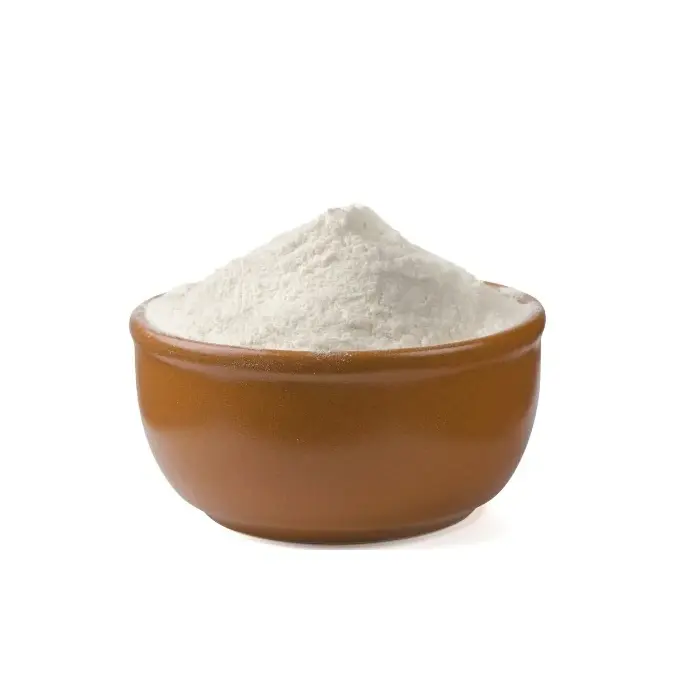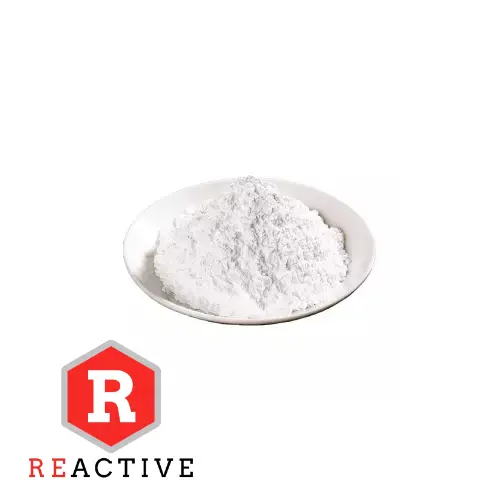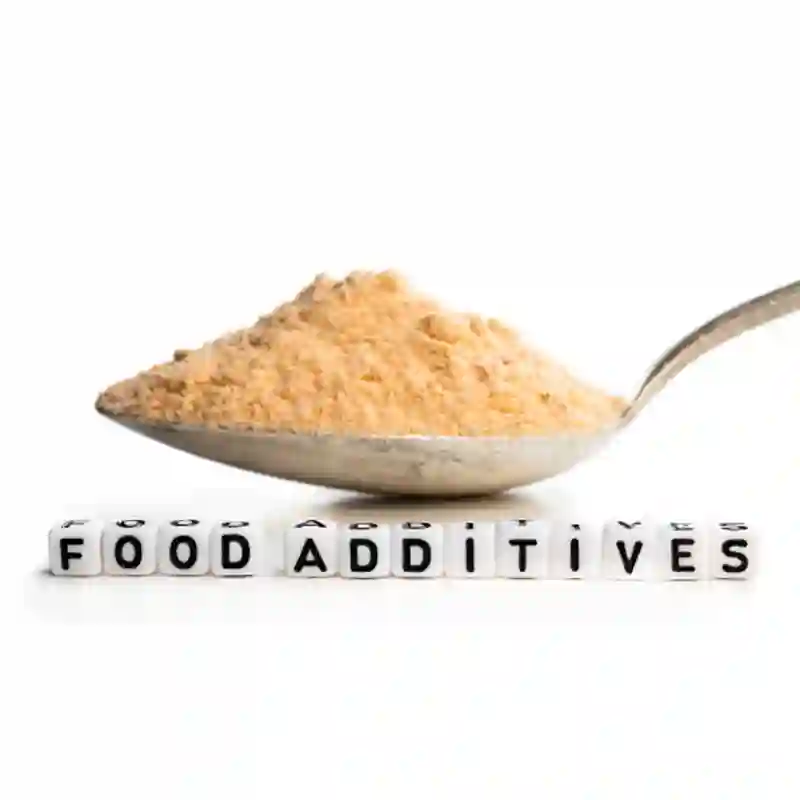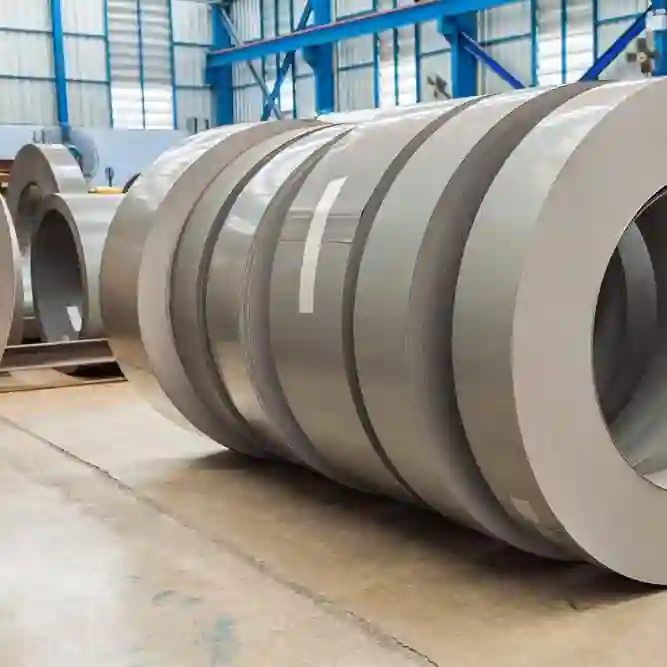product description
Magnesium oxide is an inorganic substance with the chemical formula MgO. It is an oxide of magnesium, an ionic compound. It is a white solid at room temperature. Magnesium oxide exists in nature in the form of periclase and is the raw material for magnesium smelting.
Magnesium oxide has highly fire-resistant insulating properties. It can be transformed into crystals after being burned at high temperatures above 1000°C, and when the temperature rises to 1500-2000°C, it becomes dead burned magnesia (magnesia) or sintered magnesium oxide.
Magnesium oxide is an alkaline oxide, has the properties of an alkaline oxide, and is a cementitious material. It is white or off-white powder, odorless, tasteless and non-toxic. It is a typical alkaline earth metal oxide with the chemical formula MgO. The melting point is 2852°C, the boiling point is 3600°C, and the density is 3.58g/cm3 (25°C). Soluble in acid and ammonium salt solutions, insoluble in alcohol. Solubility in water is 0.00062 g/100 mL (0 °C), 0.0086 g/100 mL (30 °C). When exposed to the air, it easily absorbs moisture and carbon dioxide and gradually becomes basic magnesium carbonate. The light product is faster than the heavier product. It combines with water to form magnesium hydroxide under certain conditions, showing a slightly alkaline reaction. The pH of the saturated aqueous solution is 10.3. Soluble in acid and ammonium salt, insoluble in water, its solution is alkaline. Insoluble in ethanol. It has strong refractive properties in the visible and near-ultraviolet range. Magnesite (MgCO3), dolomite (MgCO3·CaCO3) and seawater are the main raw materials for the production of magnesium oxide. Thermal decomposition of magnesite or dolomite yields magnesium oxide. Treat seawater with slaked lime to obtain magnesium hydroxide precipitate, and burn magnesium hydroxide to obtain magnesium oxide. The magnesium chloride brine block obtained from the comprehensive utilization of seawater or the brine after extraction of bromine can also be used as raw material, and sodium hydroxide or sodium carbonate is added to form a precipitate of magnesium hydroxide or basic magnesium carbonate, which is then burned to obtain magnesium oxide. China mainly uses magnesite, dolomite, brine or brine blocks as raw materials
Product Categories
Classification: divided into two types: light magnesium oxide and heavy magnesium oxide. Light and loose in volume, it is a white amorphous powder. Odorless, tasteless and non-toxic. Density 3.58g/cm3. It is difficult to dissolve in pure water and organic solvents, and its solubility in water is increased by the presence of carbon dioxide. Soluble in acid and ammonium salt solution. Transformed into crystals after high temperature burning. When meeting carbon dioxide in the air, it generates magnesium carbonate double salt. Heavy volume, compact, white or beige powder. It easily combines with water and easily absorbs moisture and carbon dioxide when exposed to the air. It is easy to gel and harden when mixed with magnesium chloride solution.

With the industrial upgrading and the demand and development of the high-tech functional materials market, a series of high-tech fine magnesium oxide products have been developed and produced, which are mainly used in high-grade lubricating oil, high-grade tanning alkali grade, food grade, medicine, silicon steel grade, high-grade It consists of nearly ten varieties including electromagnetic grade and high-purity magnesium oxide.
Application areas
It is used to measure sulfur and pyrite in coal and sulfur and arsenic in steel. Used as a standard for white pigments. Light magnesium oxide is mainly used as a raw material for the preparation of ceramics, enamels, refractory crucibles and refractory bricks. Also used as polishing agent adhesive, coating, and paper filler, accelerator and activator of chloroprene rubber and fluorine rubber. After mixing with magnesium chloride and other solutions, it can be made into magnesium oxide water. It is used medicinally as an antacid and laxative for hyperacidity of the stomach and duodenal ulcers. In the chemical industry, it is used as a catalyst and as a raw material for the manufacture of magnesium salts. Also used in the manufacture of glass, dyed meal, phenolic plastics, etc. Heavy magnesium oxide is used in fired grinders and semi-tumblers in the rice milling industry. Used in the construction industry for the manufacture of artificial chemical floors, artificial marble, heat-proof panels, acoustic panels, and plastic industry, used as fillers. Can also be used to produce other magnesium salts.
One of the main uses of magnesium oxide is as a flame retardant. Traditional flame retardant materials widely use flame retardant mixtures composed of halogen-containing polymers or halogen-containing flame retardants. However, once a fire occurs, a large amount of smoke and toxic corrosive gases will be produced due to thermal decomposition and combustion, which will hinder fire fighting and personnel evacuation, and corrode instruments and equipment. In particular, it has been found that more than 80% of fatalities in fires are caused by thick smoke and toxic gases produced by materials. Therefore, in addition to flame retardant efficiency, low smoke and low toxicity are also essential indicators for flame retardants. The development of China’s flame retardant industry is extremely uneven. Chlorinated flame retardants account for a relatively large proportion, ranking first among all flame retardants, among which chlorinated paraffins occupy a monopoly. However, chlorine-based flame retardants release toxic gases when they act, which is far from the non-toxic and efficient pursuit of modern life. Therefore, in order to comply with the world’s development trend of low smoke, low toxicity and pollution-free flame retardants, the development, production and application of magnesium oxide flame retardants is imperative.

